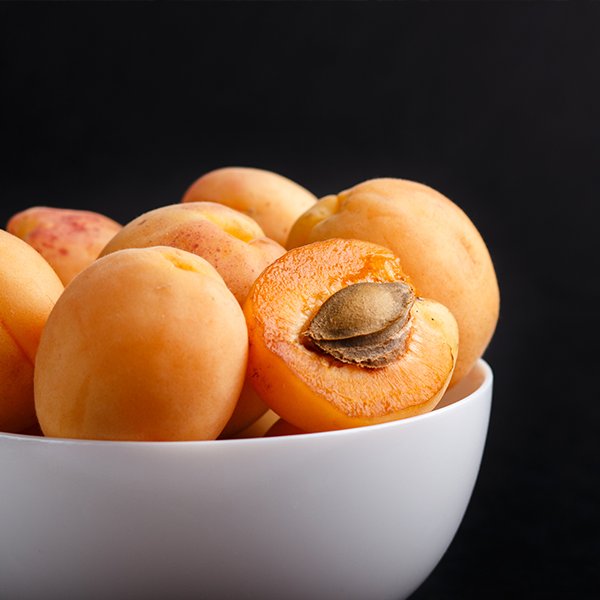Water Amounts in Fruits and Vegetables
(and the surprising role it plays in a healthy worm bin)
One thing to consider when taking care of your worm bin is moisture. Worms are happiest when their home is damp, but not too wet. If your bin is too wet and becomes swampy a) your worms can drown and b) your bin can become anerobic, which can lead to highly acidic castings which can kill your plants. But too dry is also a problem. Worms breath through their skin, and their skin needs to be moist to absorb oxygen. So, if your bin is too dry your worms can become stressed and stop eating, or even die. One often overlooked factor in managing your bins moisture is the food you’re feeding them.
Different foods have different water content. If your bin is dry, add water to moisten it as a first step, and then focus on including foods that are high in water content in your worm’s diet as you work to maintain that balance. Conversely, if your bin is too wet, add dry shredded cardboard to help dry it out, and then focus on including foods lower in water while you work to bring it back into balance. But how do you know which foods are high or low in water content?
Here is a list of common fruits and the percentage of water in each:
Strawberries:
92% Water Content
Watermelon:
92% Water Content
Grapefruit:
91% Water Content
Cantaloupe:
90% Water Content
Peach:
88% Water Content
Cranberries:
87% Water Content
Orange:
87% Water Content
Pineapple:
87% Water Content
Raspberries:
87% Water Content
Apricot:
86% Water Content
Blueberries:
85% Water Content
Plum:
85% Water Content
Apple:
84% Water Content
Pear:
84% Water Content
Kiwi:
83% Water Content
Cherries:
81% Water Content
Grapes:
81% Water Content
Bananas:
74% Water Content
Vegetables can and do have very high water content as well, which should be considered when feeding your worms. Note, I’m including tomatoes in the vegetable category due to the general societal association of tomatoes with vegetables, despite the fact that they are technically fruits.
Cucumber:
96% Water Content
Lettuce (iceberg):
Water Content 96%
Celery:
95% Water Content
Radish:
95% Water Content
Zucchini:
95% Water Content
Tomatoes:
93% Water Content
Cauliflower:
92% Water Content
Eggplant:
92% Water Content
Sweet Peppers:
92% Water Content
Spinach:
92% Water Content
Broccoli:
91% Water Content
Carrots:
87% Water Content
Kale:
84% Water Content
Green Peas:
79% Water Content
Ideally you want to keep your worm bin with a moisture content of 50-70%. A quick way to estimate your bins moisture content is with the squeeze test. Reach in and grab a handful of the contents and squeeze. If it clumps together, that’s about 30% moisture. If you squeeze and one drop of water comes out, that’s about 50% moisture. If you squeeze and two drops come out, that’s about 70% moisture.
While the foods you feed your worms aren’t the primary way to fix a bin that is too wet or too dry, they are an important factor to consider when trying to maintain the correct balance going forward.































